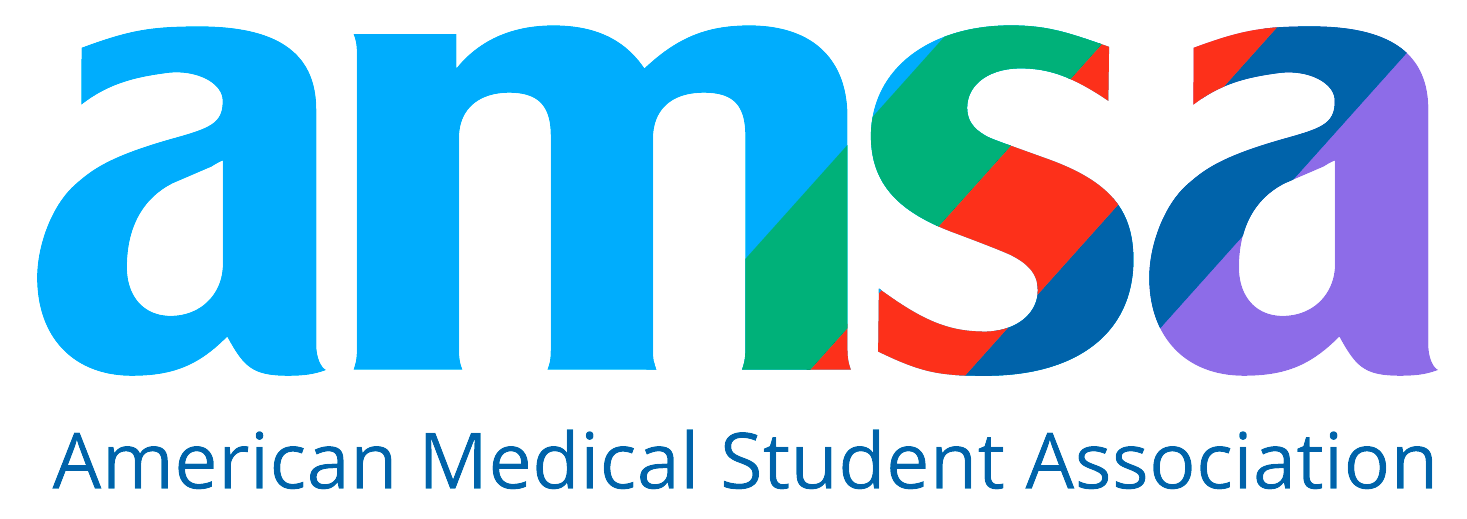How to “Show” Instead of “Tell” in Your Medical School Essays
Go-Elective Abroad
How to “Show” Instead of “Tell” in Your Medical School Essays
Strong essays are one of the most important parts of your medical school application—and one of the easiest ways to stand out. But simply listing what you did or where you volunteered isn’t enough. To truly connect with the admissions committee, you need to show them who you are—not just tell them.
At Go Elective, we’ve read hundreds of personal statements and secondary application essays. The difference between good and great usually comes down to one thing: how well the writer shows their story instead of telling it.
What Does It Mean to “Show” Instead of “Tell”?
Let’s look at two quick examples.
Telling:
When I worked at a gynecologist’s office, I saw a lot of worried pregnant women.
Showing:
Each morning, I greeted patients as they entered the gynecologist’s office, their hands resting protectively on their bellies. One woman, nervous after a previous C-section, told me how she hadn’t slept in days—terrified of losing her baby boy.
In the first version, you’re simply reporting facts. In the second, you’re painting a picture and inviting the reader into your experience. Showing adds emotion, context, and detail, helping the reader connect with your story on a deeper level.
Why “Showing” Matters to Medical School Admissions
Admissions committees aren’t looking for a list of activities—they can already see those on your application. What they care about is why you did something, what you learned, and how it shaped your journey to medicine.
When you “show,” you:
- Make your story more memorable
- Communicate emotional intelligence
- Help the reader understand your motivations
- Demonstrate observation and reflection skills—crucial traits for doctors
In short, showing reveals your humanity, and that’s what sets your essay apart.
Why “Telling” Is the Default—and How to Break the Habit
It’s natural to write in “telling” mode. That’s how we draft cover letters, update résumés, and write school papers. Telling feels quick and efficient.
But showing takes practice. It requires you to slow down, visualize your experience, and choose vivid details. Over time, it will feel more natural—and the impact on your writing will be undeniable.
How to Practice “Showing” in Your Writing
Think of your essay like a drawing.
First, sketch the scene: Where were you? Who was involved? What were you doing?
Then, add color and shading: What did the moment feel like? What did you notice? What was said?
Finally, sign your name: Reflect on what the experience taught you and why it matters in your journey to becoming a doctor.
Here’s a quick checklist to help you start showing in your essays:
- Use specific details: names, locations, ages, diagnoses
- Include dialogue or patient interactions
- Describe how you felt and what you saw
- Share what you learned and how it changed you
Essay Example: Telling vs. Showing
Let’s look at two versions of the same story to see the difference.
Telling Example
During my senior year of high school, I shadowed a pediatrician named Dr. Coffer. I went over patient charts with him and learned how he prescribed medications. I also shadowed a DO later and learned from both perspectives. He was a great doctor, and I learned a lot.
This paragraph simply lists facts. There's no emotion, no visuals, and no insight.
Showing Example
During my senior year, I shadowed Dr. Robert Coffer, my best friend’s pediatrician. I called his office nervously, hoping he’d let me observe. To my surprise, he welcomed me without hesitation.
Every Tuesday and Thursday morning, I arrived at his clinic, clipboard in hand. One morning, a boy came in wearing pajamas, coughing and clutching his throat. When Dr. Coffer inserted a long Q-tip to test for strep, the boy cried. Gently, Dr. Coffer crouched down, whispered a joke, and handed him a sticker. “You'll feel better soon, buddy,” he said.
That moment stuck with me—not because of the diagnosis, but because of the care behind it. I wasn’t just watching a physician. I was watching a teacher, a comforter, a healer. I didn’t know what kind of doctor I wanted to be, but I knew I wanted to treat patients the way he did.
This version paints a scene, brings the reader in, and shows real insight. It’s the kind of writing that makes a reader remember you.
Tip: Doing a pre-med shadowing internship abroad also gives you great talking points in your essay. You can apply to our medical internships in Africa here.
How to Start Showing in Your Own Essay
If you’re stuck in telling mode, try this writing exercise:
- Pick a meaningful experience
- Write down what you did in one sentence (this is your “tell”)
- Now describe the moment in story form: What happened? What did you see, hear, feel, or say?
- End with what you learned or how it shaped your decision to pursue medicine
Over time, you’ll train yourself to write in color rather than in black-and-white facts.
Final Thoughts: Telling Fills the Page—But Showing Fills the Reader
Admissions committees read thousands of essays. Telling may explain your resume, but showing reveals your character, empathy, and potential as a future physician. The more you show, the more you stand out.
Article Details
Categories
Recent Articles , Pre-health, Medical Electives,
Author: Go-Elective Abroad
Date Published: May 12, 2025
Travel with us.
Inquire Today!
Go Elective offers immersive opportunities for medical students, pre-med undergraduates, residents, nursing practitioners, and PAs to gain guided invaluable experience in busy hospitals abroad. Discover the power of study, travel, and impact.






